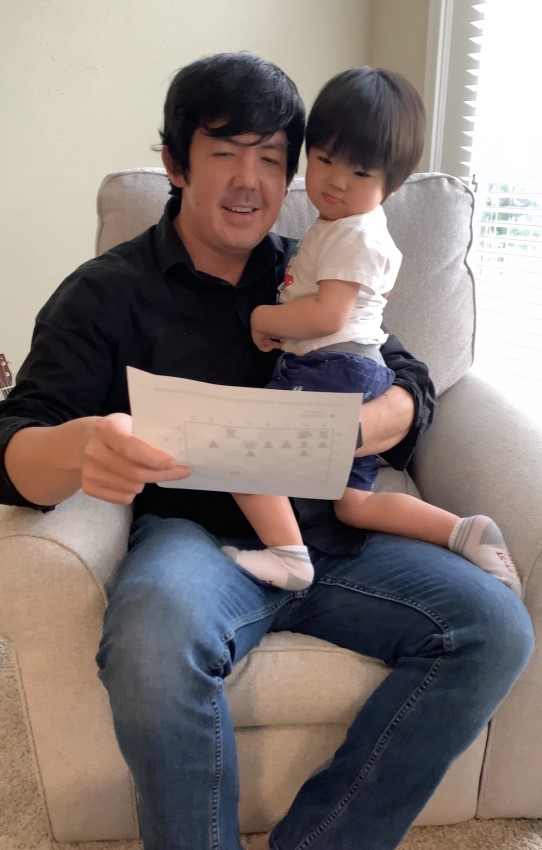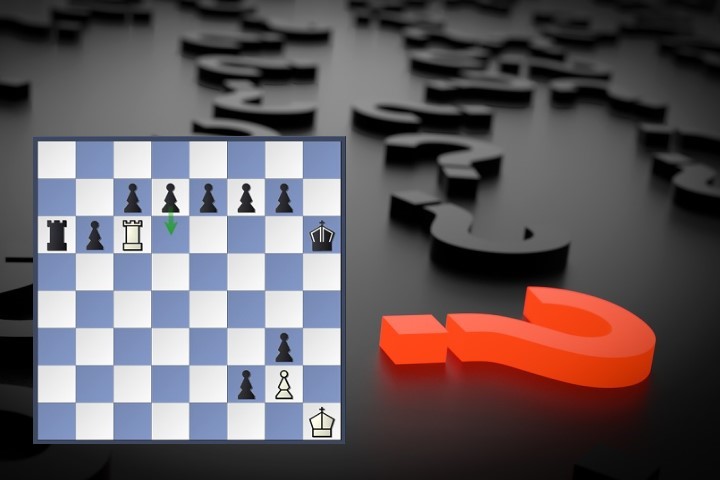What is a Puzzle Guru?
On National Public Radio’s Ask Me Another, Puzzle Gurus present puzzles of different types — such as rhyming games, musical games, or word games — to contestants. Art Chung is a Puzzle Guru. He creates puzzles and also edits and selects puzzles. As Chung explained in this linked video, at 1:43, “Writers come up with these brilliant ideas. My job is to put them all together”.
 Chess teachers do something similar. They read chess books and search ChessBase for games or positions to turn into puzzles for their students. National Master Jeff Ashton was profiled in a previous article about how he uses ChessBase for teaching. He also uses the program for organizing puzzles, often created from games in the ChessBase databases.
Chess teachers do something similar. They read chess books and search ChessBase for games or positions to turn into puzzles for their students. National Master Jeff Ashton was profiled in a previous article about how he uses ChessBase for teaching. He also uses the program for organizing puzzles, often created from games in the ChessBase databases.
Ashton’s favorite chess player is former World Champion Alexander Alekhine, but he really admires Puzzle Guru Art Chung. Here are three puzzles that Ashton has presented to his Panda Chess Academy students.
Select an entry from the list to switch between games
Chess Puzzle Guru
I (AR) also asked Ashton (JA) two questions about puzzles and chess students.
AR: Within ChessBase, positions with questions and answers are called “interactive training tasks”, but you use other terms, right?
JA: When I was a young teacher, I would experiment with “puzzles” versus “homework.” Calling it homework gets students to do it. This magic word “homework” makes parents remind them to do it. Calling it puzzles gives the players free will and the choice of not doing it. I like the word “puzzles” better. I remind students that they can go to bookstores and buy books full of puzzles, because chess puzzles are fun to solve.
AR: Should a puzzle have only one right answer?
 JA: In many cases, I will throw away a question if it has more than one correct answer. If I decide to keep the puzzle, and it has two correct answers, I will award the same points to each correct answer.
JA: In many cases, I will throw away a question if it has more than one correct answer. If I decide to keep the puzzle, and it has two correct answers, I will award the same points to each correct answer.
Alternatively, I will re-write the question so that only one answer is correct. If a “find the mate in 1” puzzle has two correct answers, I will rewrite it as “find the pawn move that checkmates”. Even though the latter is an easier question, I fully commit to the “easy” factor. That is, it’s okay to have some ridiculously easy questions in the mix, and it adds some fun and humor.
I think of many puzzles as rhetorical questions. For example, “Moving the pawn to g5 and allowing checkmate in 1 is a blunder, true or false?” can be a thought-provoking rhetorical question that gets the solver to play the mate out in their head, before answering “true”. Stronger players think it’s funny. Weaker players sometimes get slightly angry by how it goes from confusing to easy so quickly.
Thus, it’s also important to encourage my younger students not to give up on the homework, while not boring my advanced students by making it appear too easy. When students see a printout of a typical sheet of nine puzzles, they might see a “mate in 3” puzzle early, and soon after there is a “mate in 1”. The “mate in 1” puzzle wins back my young students quickly.
[Pictured: Jeff and his son, two-year-old Jeffrey, looking at a puzzle from Lasker v Thomas | Photo: Edna Ashton]
From game to puzzles
For Ashton’s explanation of finding and annotating a game (his example is Edward Lasker versus George Alan Thomas), and then creating puzzles from that game, please visit this Panda Chess Academy blog posting.
After selecting a game, a teacher can easily insert training questions — also known as puzzles — using ChessBase. Having created those first few puzzles, and then hundreds more, a teacher may become a Puzzle Guru.
Links


















 Chess teachers do something similar. They read chess books and search ChessBase for games or positions to turn into puzzles for their students. National Master Jeff Ashton was profiled
Chess teachers do something similar. They read chess books and search ChessBase for games or positions to turn into puzzles for their students. National Master Jeff Ashton was profiled  JA: In many cases, I will throw away a question if it has more than one correct answer. If I decide to keep the puzzle, and it has two correct answers, I will award the same points to each correct answer.
JA: In many cases, I will throw away a question if it has more than one correct answer. If I decide to keep the puzzle, and it has two correct answers, I will award the same points to each correct answer.




